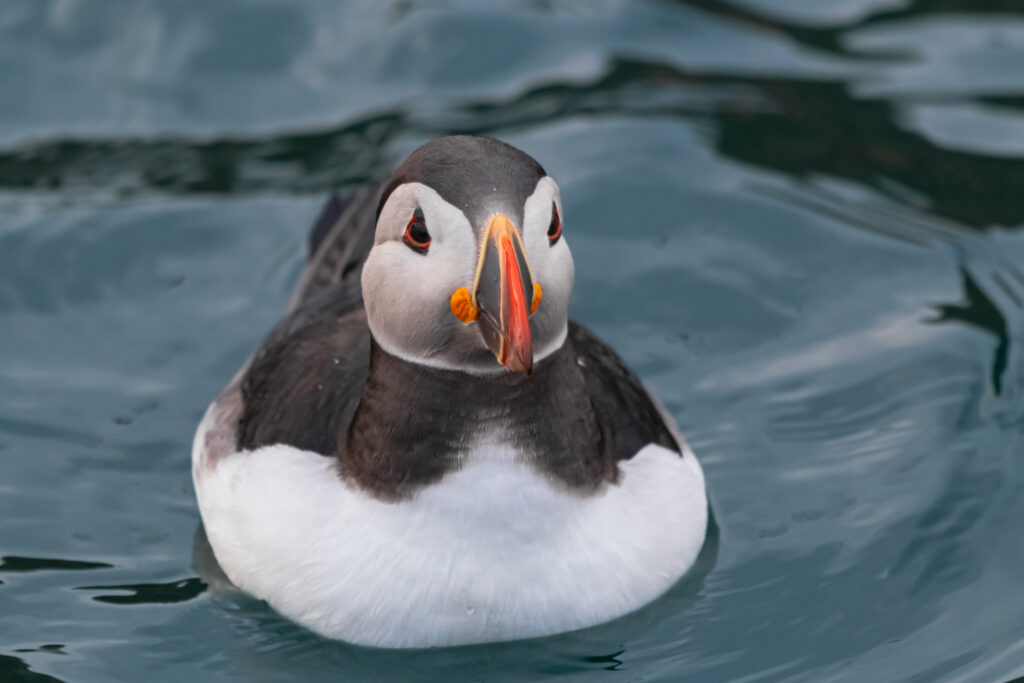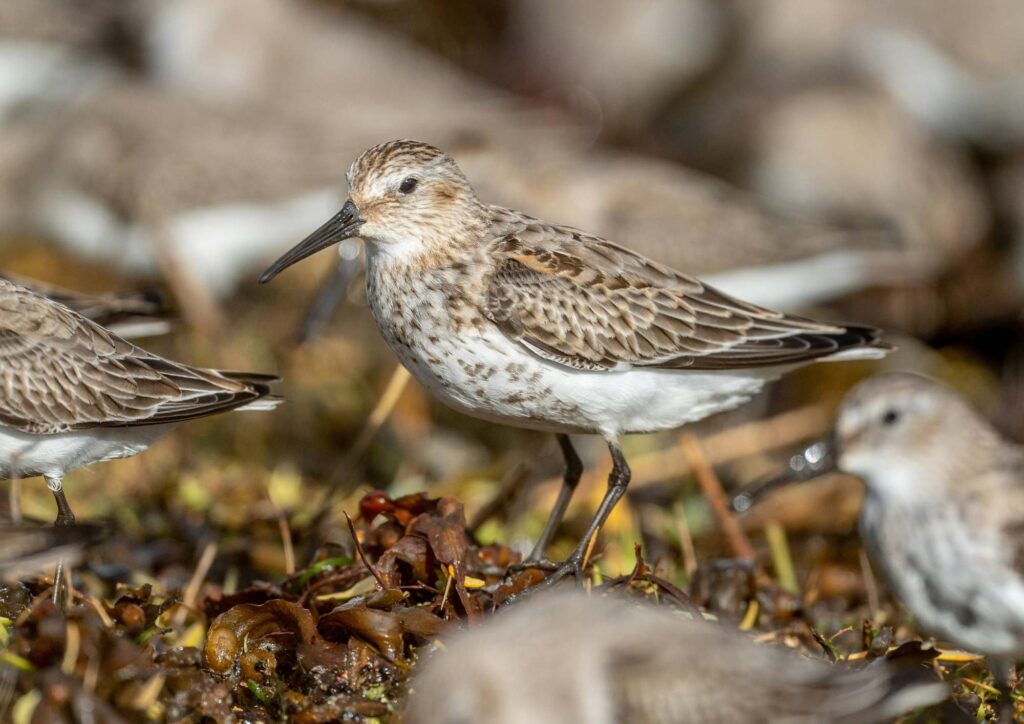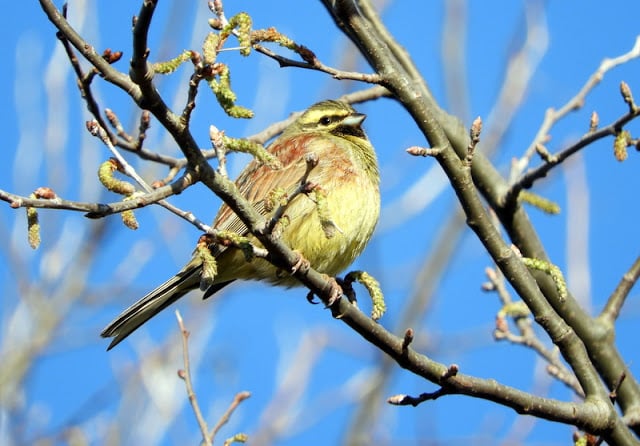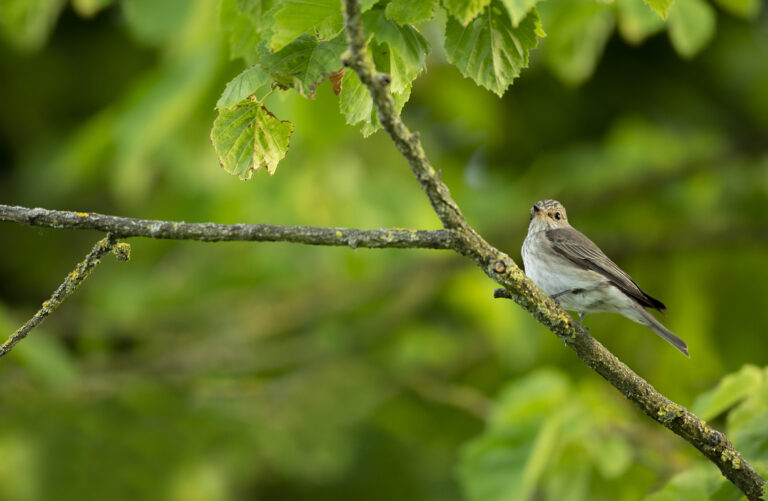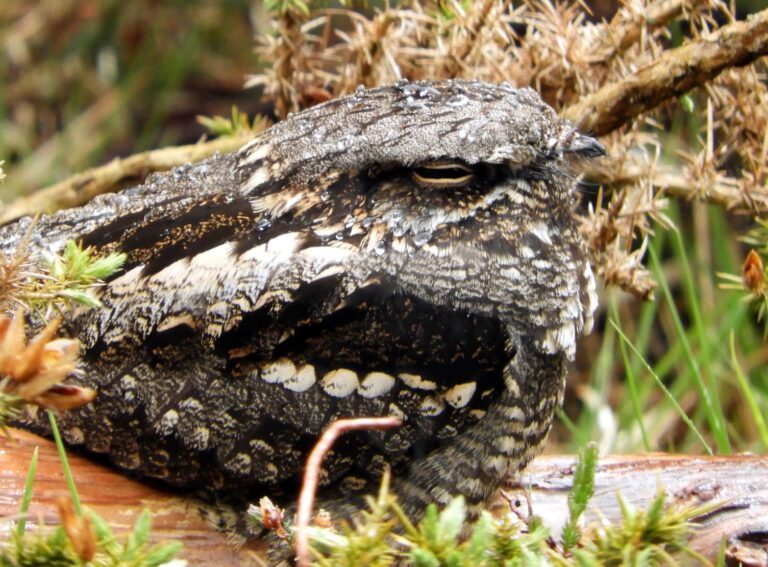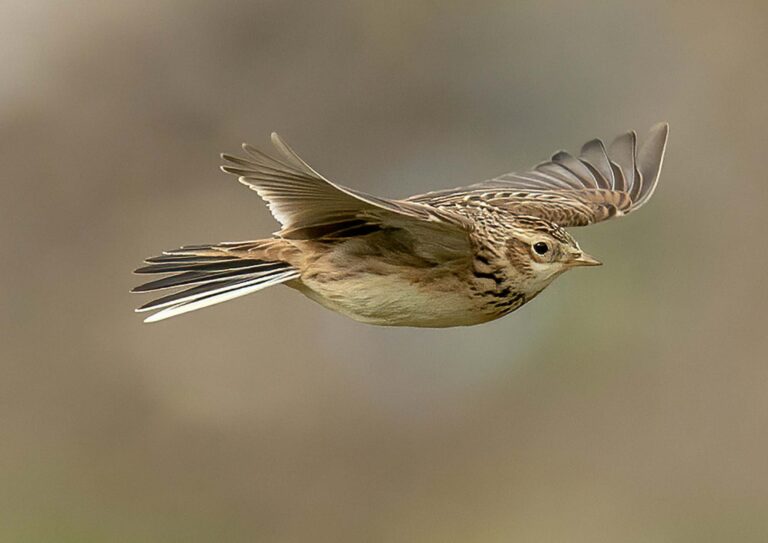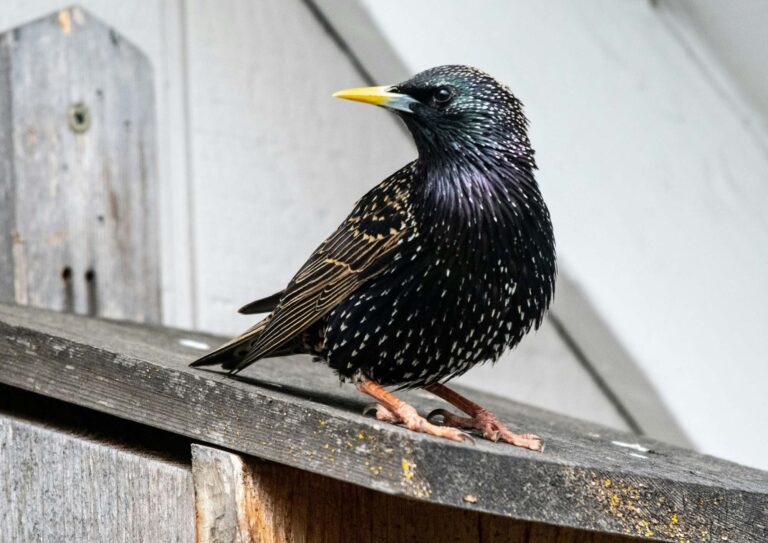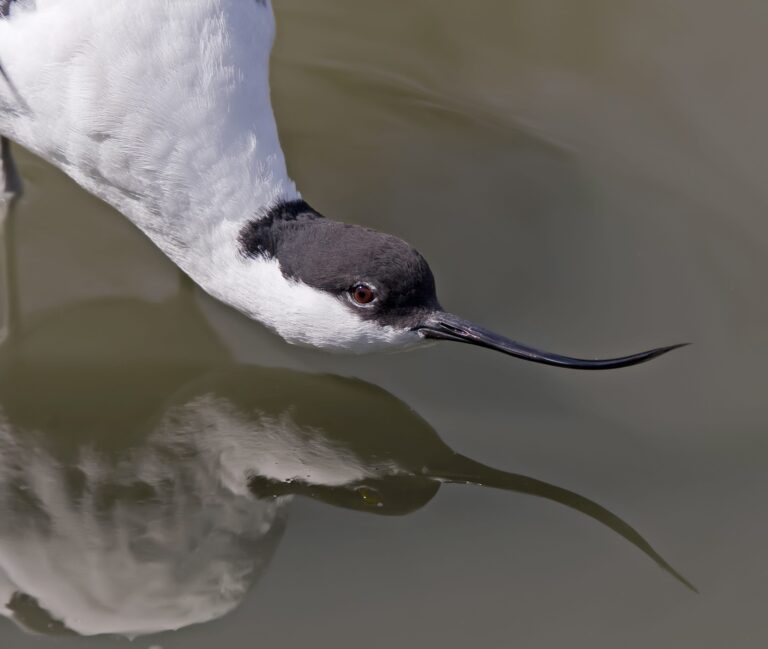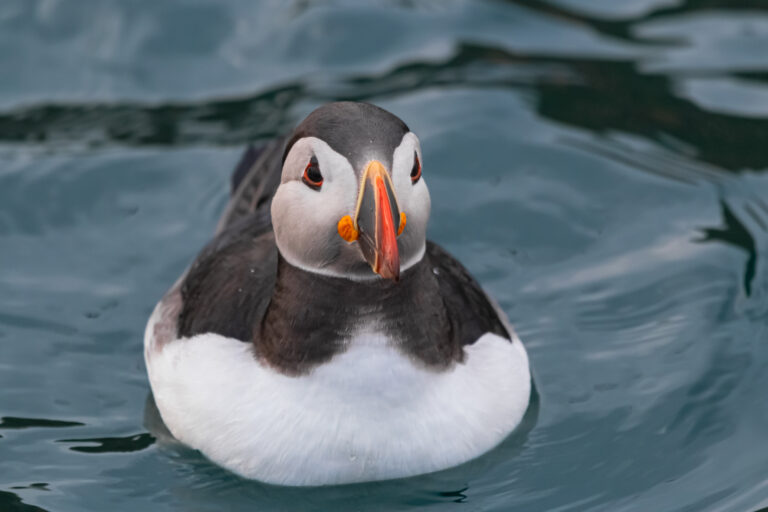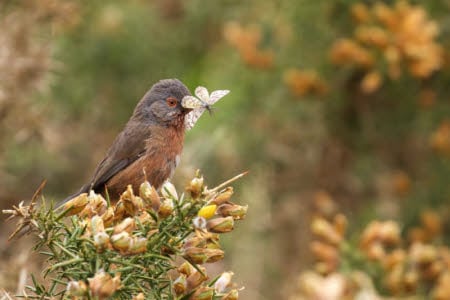Birds live in all Devon’s habitats and, as probably the most visible and well-studied group of species, are important indicators of the health of our environment. Whilst different species live in very different habitats, all birds require three things sometimes in close proximity.
- Safe, undisturbed nesting habitats.
- Plenty of food to feed them and their young during the nesting season
- Undisturbed over-wintering habitat and food
However as many of our birds are migratory they don’t rely on Devon to provide all three things. Species such as flycatchers and nightjars are only here in the summer whilst waders such as brent geese and avocets arrive on our estuaries in the winter.
There are 135 bird species that regularly breed in Devon and new species arriving such as little egrets (now a common breeding species), European spoonbill and great white egret.
The populations of species which can tolerate a wide range of environmental conditions are generally stable or increasing. However, some of Devon’s more specialist bird species have shown severe declines and may become extinct within the county without concerted action. Many of these are listed as Devon Special SpeciesDevon Species of Conservation Concern which have been 'shortlisted' as needing particular action or attention (rather than being iconic species). More. A key issue is habitat loss and deterioration leading to loss of food (insects and seeds) and safe nesting sites.
104 species (including migratory species) are listed as Devon Species of Conservation Concern. The species which need particular attention or action have been listed as Devon Special Species and are discussed in What we need to do and where below.
However there have been some spectacular Devon conservation success stories, including for cirl buntings, puffins and manx shearwaters, showing that population declines can be reversed. See Inspiration below.
The coasts and estuaries of Devon (especially the Exe, Tamar complex and Taw-Torridge) support internationally important populations of wintering waders and wildfowl, with the Exe and Tamar Complex designated as Special Protection Areas. These habitats are important for colonising species such as osprey, great white egret and spoonbill.
Offshore there are important concentrations of the globally threatened Balearic shearwater while some nearshore areas on the north and south coasts are important for wintering divers and grebes.
The uplands of Dartmoor and Exmoor have the major Devon populations of a number of declining breeding species such as cuckoo, whinchat and grasshopper warbler, as well as the last surviving breeding curlews. These species were all once common breeding species across Devon. Dartmoor also supports some species at the southerly edge of their breeding range such as dunlin which breed on the upland peat bogs.
The fringes of Devon’s uplands have superb oak woodlands which are refuges for most of Devon’s wood warblers, lesser-spotted woodpeckers, redstarts and pied flycatchers.
Lowland heathland is a rich habitat for birds including Dartford warbler, nightjar, meadow pipit, stonechat and tree pipit. The Pebblebed Heaths are designated as a Special Protection Area.
Devon’s farmland offers mixed fortunes for birds. A number of species which are more widespread elsewhere in the country (such as turtle doves, corn buntings and grey partridge) are no longer found in Devon, partly because Devon’s agricultural intensive grasslands offer little food and nesting habitat. In addition, the patterns of arable cropping that offered most value to birds (spring sown winter stubbles with lots of seeds) have largely ceased. Conservation effort still remains critical for declining birds such as skylark and yellowhammer, and Devon still holds most of the UK’s recovering cirl bunting population. For these species tweaks to farming practice can make a difference, without compromising farm viability.

